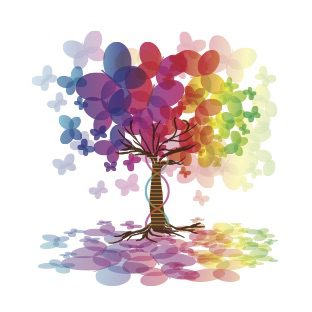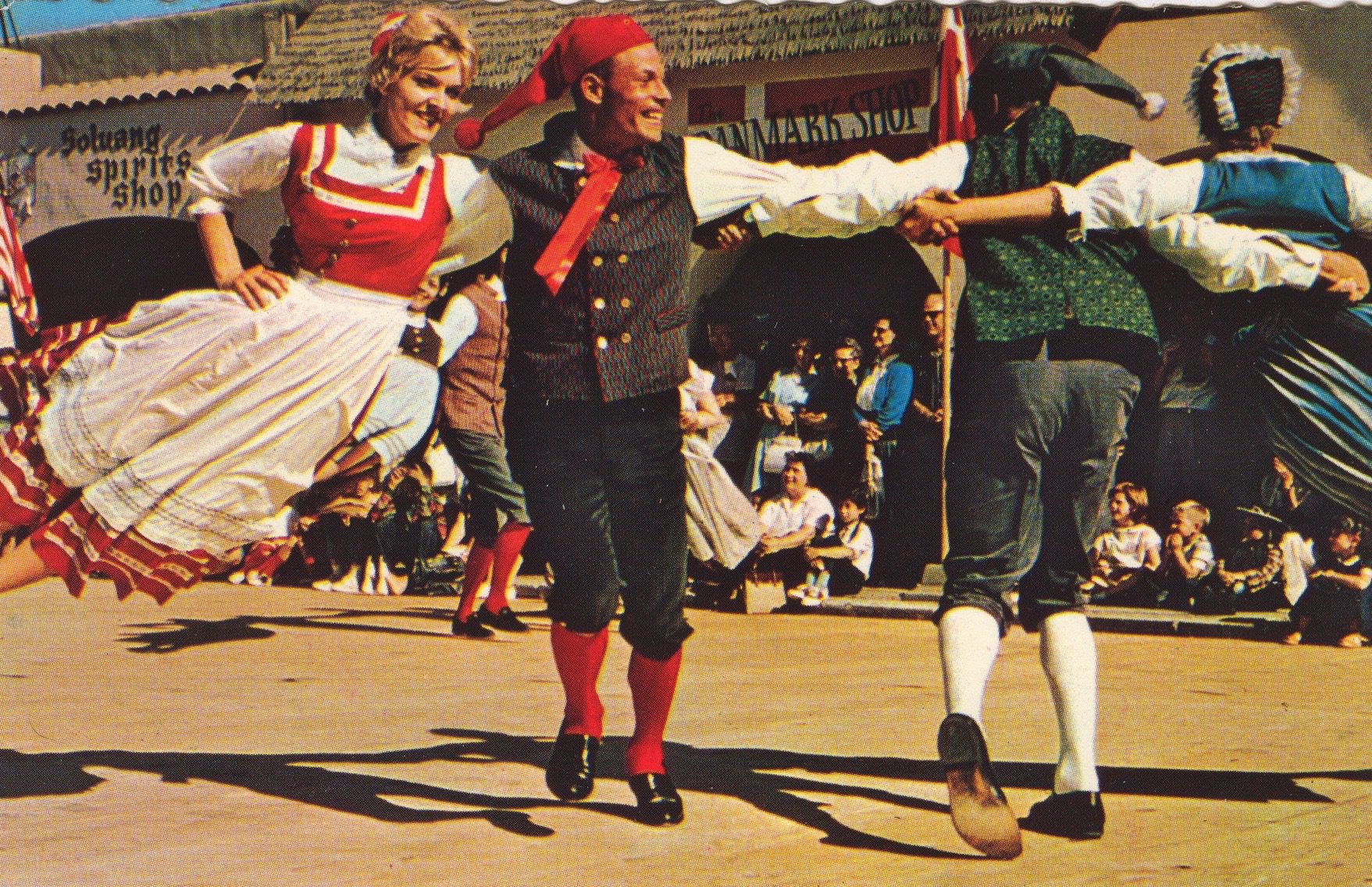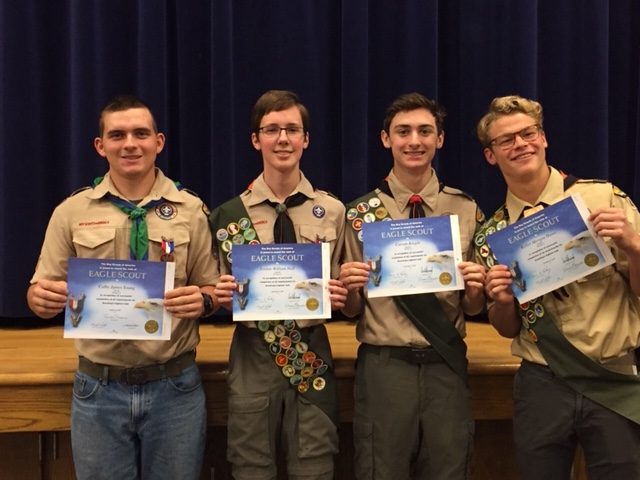By Sheila Benedict
Webinars, webinars, webinars! Sheltering-in-place definitely has its major minuses but there are always a few positives. If there is a topic genealogists wants to learn more about, there is probably a webinar given by a society or a subscription site that teaches that topic.
For the balance of 2020 and into 2021, just about every conference and institute is online. I have presentations in the San Luis Obispo area in September that have been converted from live to Zoom. If you think about it, you are actually saving money: travel expenses, such as gasoline, airlines or trains, and hotels are not necessary.
Of course, networking with friends and/or colleagues is not going to happen and even though there might be a virtual vendor’s hall in which to browse, it is not the same.
One topic not discussed much in these columns is immigration and naturalization. Most of your ancestors, aside from any native ancestry from indigenous people who have been here thousands of years, have been here hundreds of years or less. Further, finding an immigrant ancestor and/or from where they came can often be difficult.
As with all genealogy, it is best to start with what you know and work back. You, your parents, your grandparents, and further, which means first finding as much paperwork in this country as can be located to take the research back to wherever the family originated, i.e. England, Ireland, Denmark, Sweden, Poland, Scotland, Mexico, or wherever else. It is often not an easy search but even many here in America are not easy.
The first thing I suggest is to talk to family members, know when ancestors came here. Sit down with them one at a time and take an oral history. There is a definite way to ask questions and that topic will be covered in another column. Find out if they are first generation (your parents), second (your grandparents) or further back.
I have stressed in many columns about knowing the laws, and immigration is no different. That means both countries – there and here. Federal naturalization laws were written on March 26, 1790. There are time periods in the laws: 1790-1906, 1906-1990 and others until now. The best book I can recommend to follow American naturalizations and the laws is “American Naturalization Records 1790-1990,” written by John J. Newman.
There are texts that may be available online for laws and regulations for other countries and those will be needed as well. In the next column, we will discuss passenger lists and the ports where immigrants came to, such as New York, New Orleans and others. When I do immigration research, I start with the naturalization records because they tell the story you need starting with the port of embarkation to where they came to here.
Like one of my grandfathers, some went to Canada first, then here. Be safe and stay well; follow all the guidelines for the more of us who do, the quicker researching will return to the way it was.
Sheila Benedict is a professional forensic and family genealogist. She is the author of Research in California, which she wrote in 2015 for the National Genealogical Societies Research in the States Series and writes articles in a variety of genealogical society newsletters and magazines.





